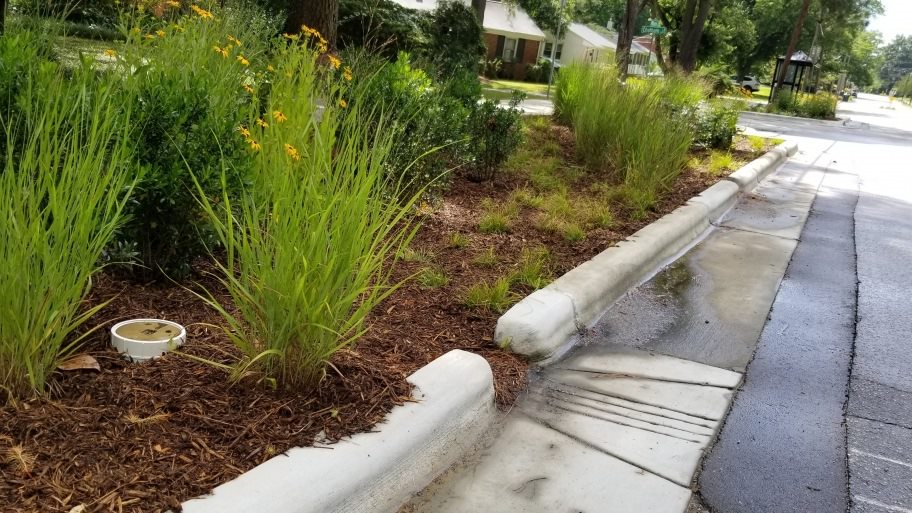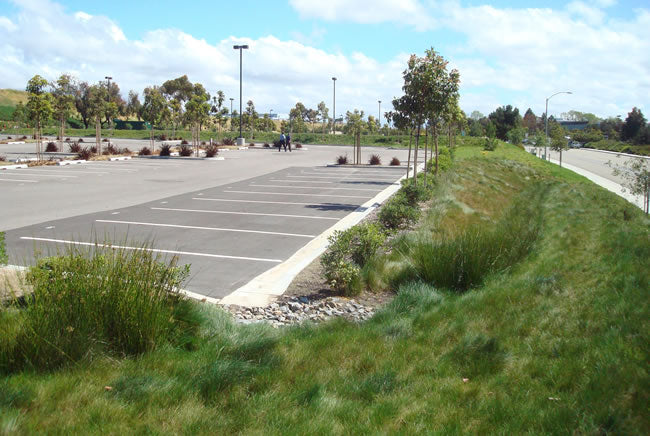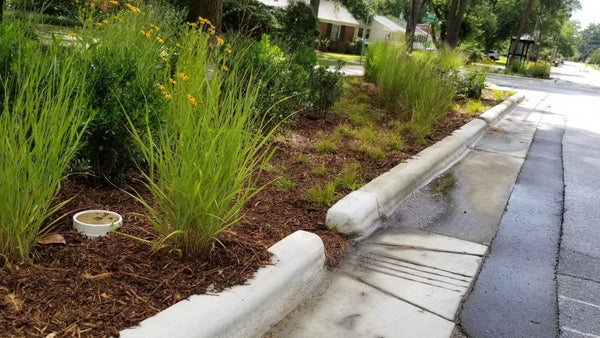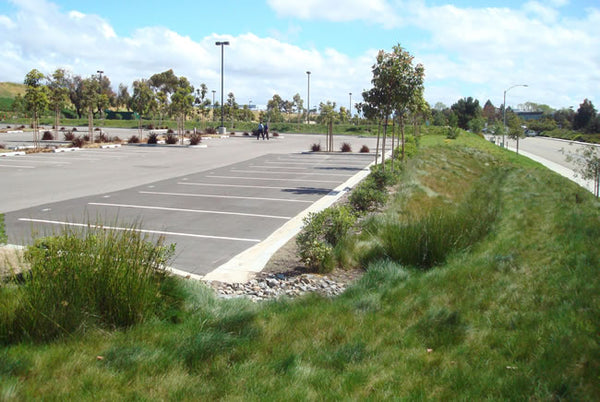Online
Intro to Basic Stormwater Calculations
Overview
This course provides basic hydrologic and hydraulic equations used in site design, beginning with a conceptual small suburban site and designing a bioretention basin to manage runoff.

Intro to Basic Stormwater Calculations
Intro to Basic Stormwater Calculations
Training Type: Online
Program Length: 1.5 Hour
PDH: 1.5
Credits: .15
Certificate Length: 2 Years
Couldn't load pickup availability
Multi Seat Discounts



Call Now: 877-257-9777
Email: Support@StormwaterONE.com
- 5 enrollments for 7% off
- 10 enrollments for 10% off
- 20 enrollments for 20% off
- 30 enrollments for 30% off
- 40 enrollments for 40% off
- 50+ enrollments for 50% off
- 300 = Wholesale Program
- 500 = Wholesale Program
- 1,000 = Wholesale Program
- Course Leasing Program
*These discounts are unavailable to training for Home Depot and State of Connecticut.
Learning Objectives
The main objective of this course is to provide you with an introduction to basic stormwater calculations associated with designing a bioretention basin for a suburban site.
- Demonstrate how to calculate total stormwater volume from a design storm (using the Simple Approach and the Curve Number Method).
- Describe peak flow rates and how to size for them (using the Rational Method and Manning’s Equation).
- List the basic considerations of bioretention sizing and design.


Intended Audience
- Hydrology Engineers and Personnel
- Municipalities
- Engineers
- Contractors
- Consultants
- Non-regulatory 3rd Party Inspectors
- Civil Consultants/Students
- Environmental Consultants/Students
- Landowners, Permittees, and Construction Site Operators
Curriculum
Intro to Basic Stormwater Calculations
Course Demos
At the Completion of This Program You Will Receive
1.5 PDHs
Resume' Enhancer (Available on the Credential Validation Page)


